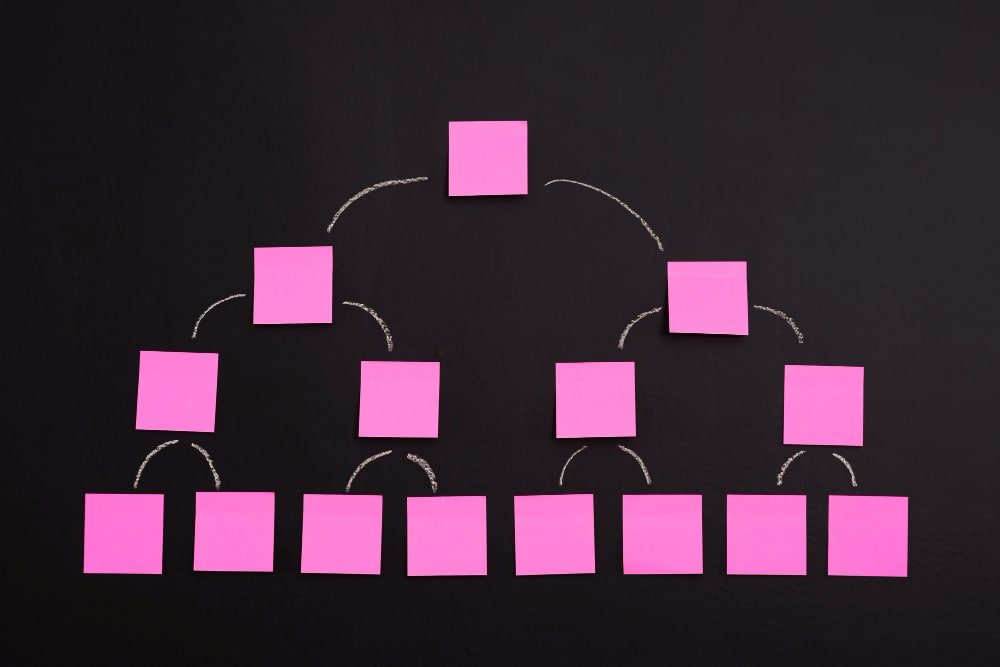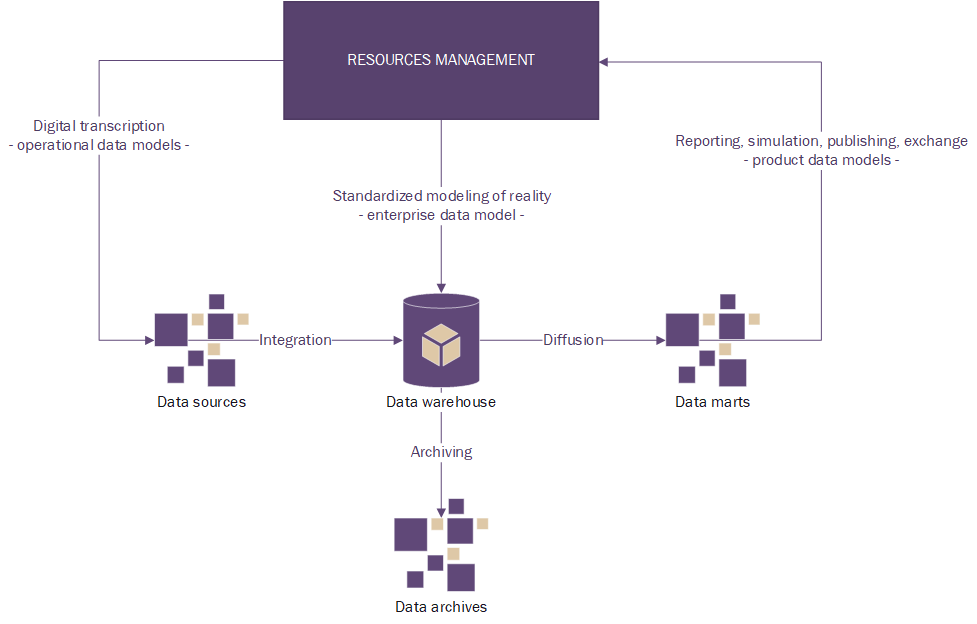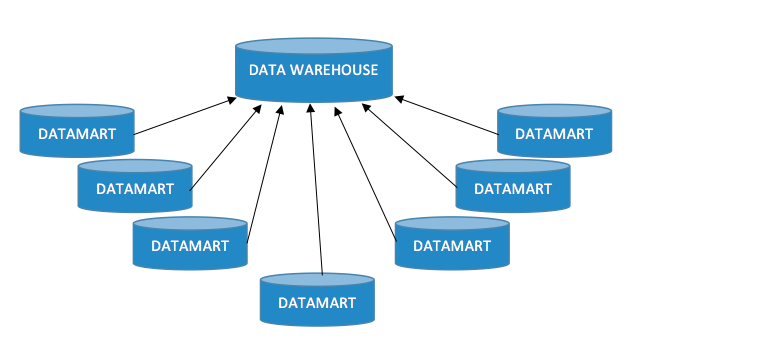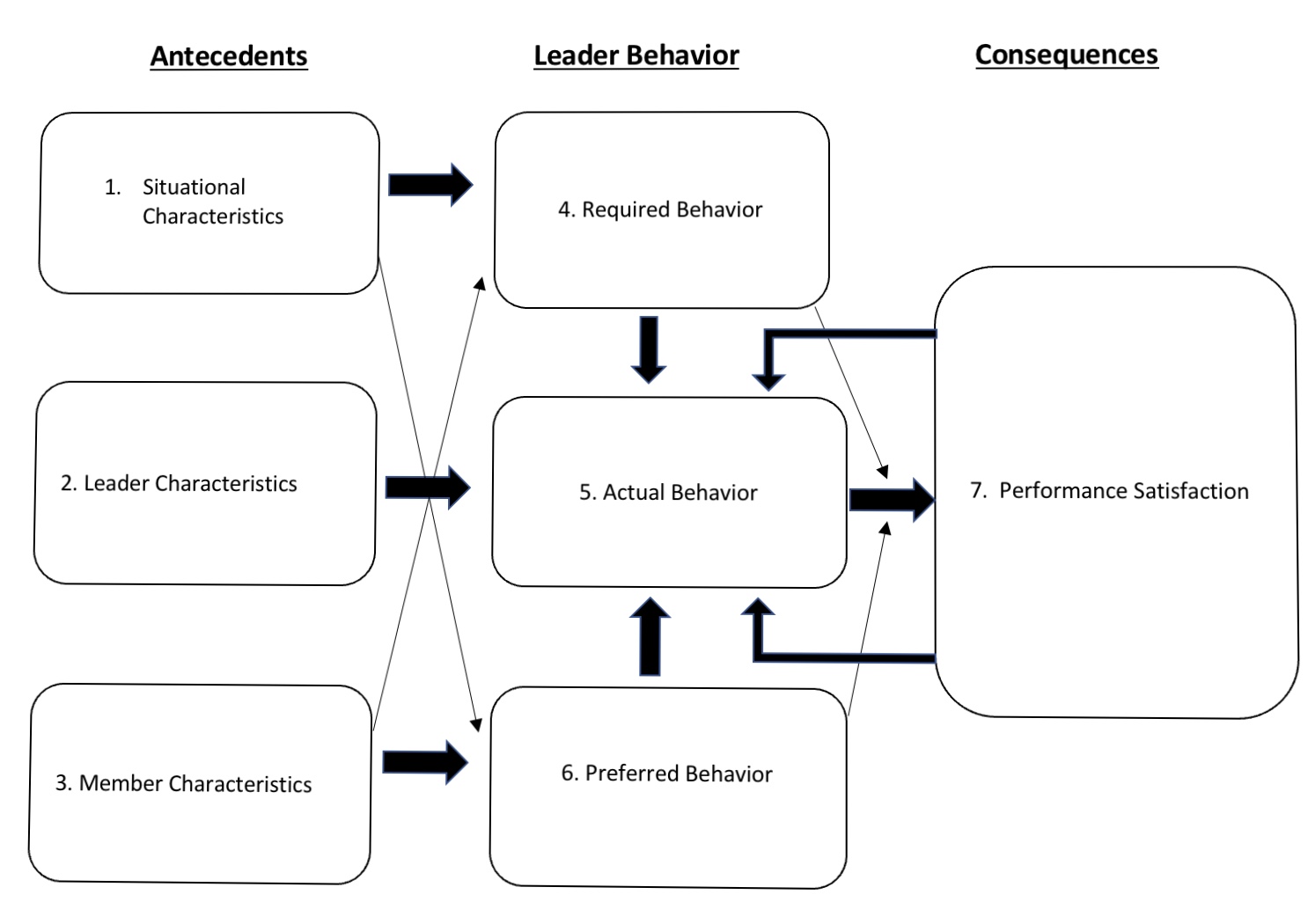What is Conceptual Frameworks

A Conceptual Framework is a structured tool used in research to outline the concepts, variables, and their relationships within a study. It serves as a map that guides the research by providing a clear understanding of the key concepts and how they are interconnected. Conceptual frameworks are often based on existing theories, literature, or new ideas that the researcher proposes to explain or predict phenomena.
Here’s a breakdown of what a conceptual framework typically involves:
- Key Concepts: These are the main ideas or variables that the research focuses on. For example, in a study on the impact of social media on mental health, the key concepts might be “social media use” and “mental health.”
- Relationships Between Concepts: The framework explains how these concepts are related. Continuing with the previous example, the framework might propose that increased social media use leads to changes in mental health.
- Theoretical Foundation: Conceptual frameworks often draw on existing theories that have been tested and validated in the past. These theories provide a solid foundation for the research.
- Visual Representation: Many researchers represent the conceptual framework visually, using diagrams to show the relationships between concepts. This helps to clarify complex ideas and make them easier to understand.
- Guiding Research Questions and Hypotheses: The framework helps in formulating specific research questions and hypotheses by identifying what needs to be studied and how the concepts interact.
Overall, a conceptual framework helps ensure that the research is coherent, well-structured, and rooted in existing knowledge, while also providing a pathway for exploring new insights.
What are the types of Conceptual Frameworks
Conceptual frameworks come in various types, depending on the nature of the research and the approach the researcher takes. Here are some common types of conceptual frameworks:
1. Theoretical Framework
- Description: This type of framework is built upon existing theories that are relevant to the research topic. It involves selecting one or more theories and using them to guide the research process, including the development of hypotheses or research questions.
- Example: Using Maslow’s Hierarchy of Needs to study employee motivation.
2. Working or Practical Framework
- Description: This framework is often developed based on practical experiences or observations rather than formal theories. It’s more flexible and may evolve as the research progresses.
- Example: A framework developed to improve a specific business process based on the experiences of managers in the field.
3. Descriptive Framework
- Description: A descriptive framework is used to outline and describe the components of a phenomenon without necessarily focusing on the relationships between them. It helps in organizing and categorizing information.
- Example: A framework that categorizes different types of consumer behavior without predicting how they influence purchasing decisions.
4. Prescriptive Framework
- Description: This type provides guidelines or recommendations on how to approach a particular problem or situation. It’s often used in applied research where the goal is to improve practice.
- Example: A framework for implementing best practices in healthcare settings to improve patient outcomes.
5. Predictive Framework
- Description: A predictive framework is used to anticipate outcomes based on certain variables or conditions. It focuses on understanding and predicting the relationships between variables.
- Example: A framework that predicts customer churn based on factors like satisfaction, service usage, and engagement.
6. Analytical Framework
- Description: This type of framework is used to break down complex phenomena into simpler components for analysis. It’s often used in qualitative research to analyze data systematically.
- Example: A framework for analyzing the impact of cultural factors on communication styles in multinational corporations.
7. Normative Framework
- Description: A normative framework is based on what ought to be rather than what is. It reflects ideals, values, or ethical standards and is often used in studies related to ethics, law, or social justice.
- Example: A framework advocating for gender equality in workplace policies.
8. Conceptual Model
- Description: Similar to a conceptual framework, a conceptual model is more abstract and often visually represents the key concepts and their relationships. It’s commonly used in disciplines like sociology, psychology, and education.
- Example: A model showing how social support networks influence academic success in college students.
Each type of conceptual framework serves a different purpose and is selected based on the goals of the research, the nature of the study, and the existing knowledge in the field.
Also Read : What is Frameworks?
What are the benefits of Conceptual Frameworks

Conceptual frameworks offer several benefits in research and academic work, serving as a vital tool for structuring and guiding studies. Here are some key benefits:
1. Clarifies Research Focus
- Benefit: A conceptual framework helps to clearly define the scope of the study by identifying the key concepts and their relationships. This clarity prevents the research from becoming too broad or unfocused.
- Example: In a study on employee productivity, the framework might focus on specific factors like job satisfaction, work environment, and management style.
2. Guides Data Collection and Analysis
- Benefit: By outlining the key variables and their interactions, a conceptual framework provides a roadmap for collecting and analyzing data. It helps in selecting appropriate methodologies and ensures that data collection is aligned with the research objectives.
- Example: If a framework suggests a relationship between customer satisfaction and brand loyalty, the data collection process will focus on measuring these two variables.
3. Enhances Understanding and Interpretation
- Benefit: Conceptual frameworks help in making sense of complex phenomena by breaking them down into manageable components. They also assist in interpreting the findings by providing a structured way to analyze the relationships between concepts.
- Example: In a public health study, a framework might help in understanding how different social determinants of health interact to affect disease outcomes.
4. Facilitates Theoretical Development
- Benefit: By integrating existing theories and identifying gaps in the literature, a conceptual framework contributes to the development of new theories. It allows researchers to build upon existing knowledge and propose new insights.
- Example: A framework based on existing psychological theories could lead to the development of a new model for understanding motivation in educational settings.
5. Improves Communication
- Benefit: A well-constructed conceptual framework provides a common language for discussing the research with stakeholders, including scholars, practitioners, and policymakers. It makes complex ideas more accessible and easier to communicate.
- Example: A visual representation of a framework in a presentation can help stakeholders quickly grasp the main ideas and their interconnections.
6. Supports Hypothesis Generation
- Benefit: Conceptual frameworks help in formulating hypotheses by identifying potential relationships between variables. This structured approach makes it easier to develop testable predictions.
- Example: If the framework suggests that employee engagement is influenced by leadership style, a hypothesis might be that transformational leadership increases employee engagement.
7. Provides a Foundation for Literature Review
- Benefit: The framework helps organize and synthesize the existing literature, showing how previous research relates to the current study. It identifies gaps that the research aims to fill.
- Example: A study on online education might use a framework to review how technology, pedagogy, and student engagement have been studied in the past.
8. Ensures Coherence and Consistency
- Benefit: By guiding the research process, a conceptual framework ensures that all aspects of the study are aligned with the research questions and objectives. This coherence enhances the study’s overall quality.
- Example: In a dissertation, a framework ensures that the research questions, methodology, and analysis are consistently tied to the central concepts.
9. Facilitates Replication and Validation
- Benefit: A clear conceptual framework makes it easier for other researchers to replicate the study, test its findings, or apply the framework in different contexts. This contributes to the validity and reliability of the research.
- Example: A framework developed for studying consumer behavior in one market can be tested in another market to see if the findings hold true.
10. Encourages Rigorous Thinking
- Benefit: Developing a conceptual framework forces researchers to think critically about the concepts they are studying and the relationships between them. It promotes rigor and depth in the research process.
- Example: When creating a framework for examining the impact of social media on youth, the researcher must rigorously define what “impact” means and how it will be measured.
In summary, conceptual frameworks are instrumental in enhancing the quality, clarity, and impact of research by providing a structured approach to studying complex issues.
FAQ
1. What is a conceptual framework?
A conceptual framework is a structured tool used in research to define key concepts, variables, and their relationships within a study. It serves as a roadmap, guiding the research process and helping to organize and interpret data.
2. Why is a conceptual framework important in research?
A conceptual framework is important because it clarifies the research focus, guides data collection and analysis, enhances understanding, and supports hypothesis generation. It also ensures coherence and consistency throughout the study.
3. What are the different types of conceptual frameworks?
Common types include theoretical frameworks, working or practical frameworks, descriptive frameworks, prescriptive frameworks, predictive frameworks, analytical frameworks, normative frameworks, and conceptual models. Each type serves a specific purpose depending on the nature of the research.
4. How does a conceptual framework help in data collection?
A conceptual framework identifies the key variables and their relationships, guiding the selection of appropriate data collection methods. It ensures that the data collected is relevant to the research questions and objectives.
5. Can a conceptual framework be used in qualitative research?
Yes, conceptual frameworks are valuable in both qualitative and quantitative research. In qualitative research, they help in organizing and analyzing data, providing a structure for interpreting complex phenomena.
6. How is a conceptual framework different from a theoretical framework?
A theoretical framework is a specific type of conceptual framework that is based on existing theories. A conceptual framework, on the other hand, may be broader and include practical, descriptive, or analytical elements not necessarily tied to established theories.
7. How do I develop a conceptual framework for my research?
To develop a conceptual framework, start by identifying the key concepts and variables in your study. Review existing literature and theories to understand how these concepts are related. Then, map out these relationships in a structured format, often visually, to guide your research.
8. What are the benefits of using a conceptual framework?
The benefits include clarifying the research focus, guiding data collection and analysis, enhancing understanding and interpretation, supporting hypothesis generation, improving communication, and ensuring coherence and consistency in the research.
9. Can a conceptual framework evolve during the research process?
Yes, especially in working or practical frameworks, the conceptual framework may evolve as new insights are gained during the research process. It’s important to remain flexible and update the framework as needed.
10. How does a conceptual framework support hypothesis generation?
A conceptual framework identifies potential relationships between variables, which helps in formulating testable hypotheses. It provides a structured approach to making predictions based on the framework’s outlined relationships.
11. Is it necessary to visually represent a conceptual framework?
While not mandatory, visually representing a conceptual framework can be highly beneficial. It helps in clearly communicating the relationships between concepts, making complex ideas more accessible to others.
12. How does a conceptual framework contribute to theoretical development?
By integrating and building upon existing theories, a conceptual framework can identify gaps in knowledge and propose new ideas, contributing to the development of new theories in the field.
13. What is the difference between a conceptual framework and a conceptual model?
A conceptual model is a type of conceptual framework that often uses a more abstract, visual representation of concepts and their relationships. It is commonly used in fields like sociology, psychology, and education.
14. Can a conceptual framework be used in applied research?
Yes, conceptual frameworks are valuable in applied research, particularly prescriptive frameworks, which provide guidelines or recommendations for solving practical problems.
15. How does a conceptual framework improve the validity and reliability of research?
A clear conceptual framework ensures that the research is systematically aligned with its objectives, making it easier to replicate and validate the study. This contributes to the research’s overall validity and reliability.



